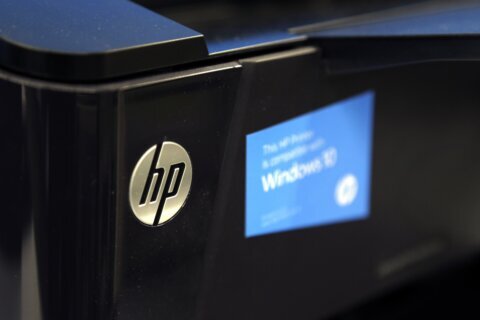Google Photos recently said that its free unlimited service will be going away, with some exceptions, on June 1, 2021.
Here’s what you need to know.
What should I do when Google Photos turns off its free unlimited accounts?
Since the beginning of digital photography, the issue of where to store our pictures and videos has been a constant challenge.
In the early days, it was all local storage devices such as hard drives or floppy disks, which created a cataloging and logistical issue as our libraries grew.
While local storage is certainly still an option, an easier option is to use an automatic process to upload our images to a secure online storage location.
The whole world is taking more pictures and videos because we always have our smartphones with us and the associated files keep getting bigger.
I’ve long recommended Google Photos for both Android and iPhone users because it offered free unlimited storage, albeit in a slightly compressed form.
Photos are stored at a maximum of 16 megapixels, which is more than enough unless you plan on printing very large format pictures (over 24 inches) while video is stored at 1080p.
The end of free unlimited storage
Google said that more than 4 trillion files are stored in Google Photos and another 28 billion photos and videos are uploaded every week.
As advances in technology continue to increase the file sizes of pictures and videos, Google’s appetite to offer free unlimited storage for the masses has diminished for good reason.
Starting on June 1, 2021 the free unlimited service it has been providing will go away, with some exceptions.
Details
Instead of unlimited storage, every account will get 15 GB of free storage with the option to pay for more storage if you need it ($2 a month for up to 100 GB).
Google is essentially adopting the Apple iCloud model, but with 3 times the free storage. The good news is that anything that’s been uploaded before June 1 won’t count against the new limit — only images and videos uploaded on or after that date will start to count toward the 15 GB cap.
Users will have the option to choose between their compressed ‘high quality’ backup or store files in original quality.
Google estimates that the average user will take about three years to use up the free 15 GB of storage, but of course, your mileage may vary.
If you’re currently using Google Photos for storage, you can use its estimator tool, which is based on your use of the service, to see how long it will take to hit the free limit.
Google said it plans to launch a new management tool to help users get rid of images that are overly dark or blurry and large videos so free space is not wasted.
The Pixel smartphone exception
If you have a Pixel 5 or older smartphone, Google said you’ll continue to get free unlimited ‘high quality’ storage, so the new cap won’t apply to you.
Any avid smartphone photographer considering a new device like the Pixel 4a 5G, which I wrote about last week, should keep this extra benefit in mind.
Amazon’s alternative
If you have Amazon Prime, one of the member benefits is unlimited photo storage in full resolution, plus 5 GB of video storage.
Ken Colburn is founder and CEO of Data Doctors Computer Services. Ask any tech question on Facebook or Twitter.







